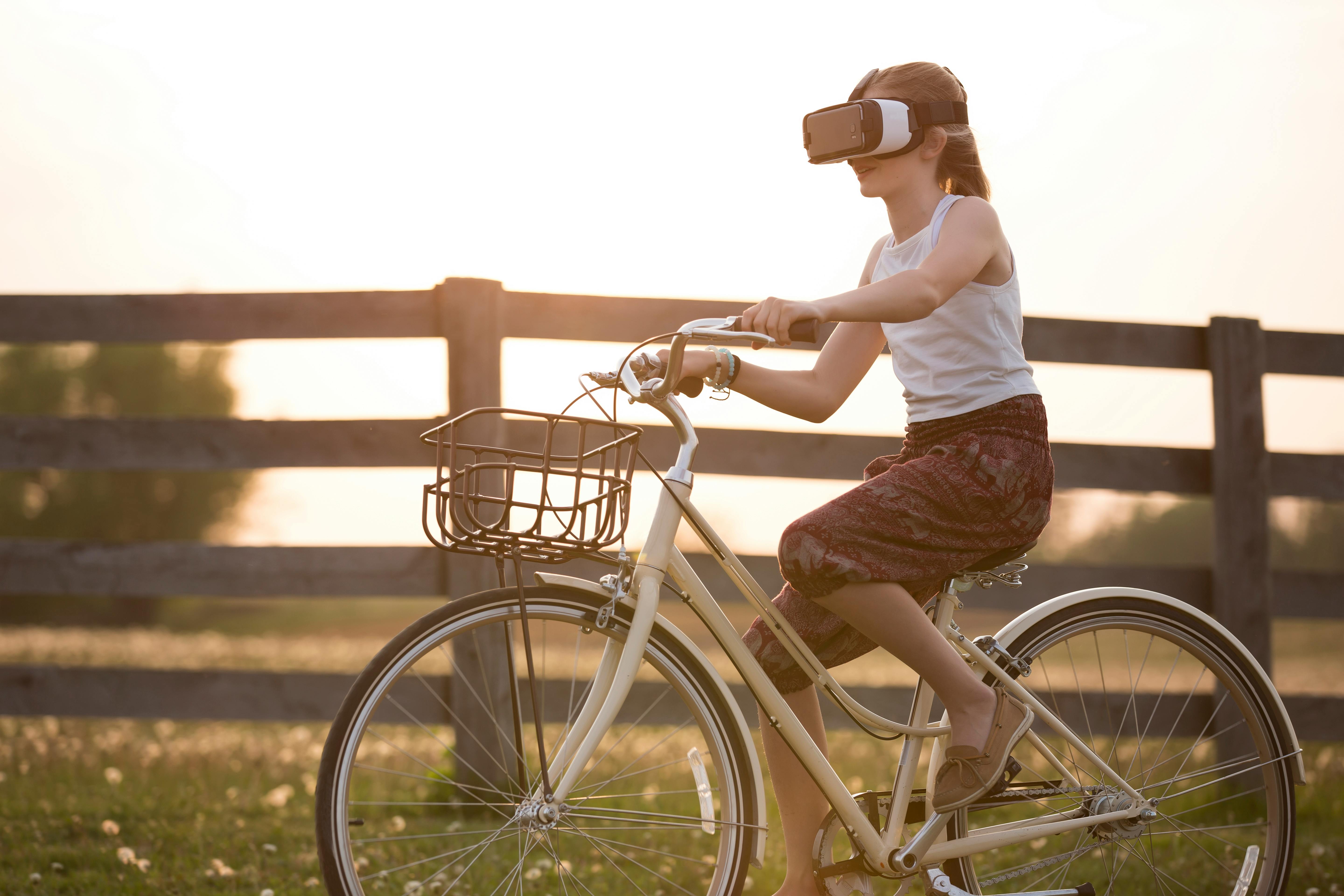The Dawn of the Age of Augmented Reality
The world of technology is no stranger to fads, but every so often, a breakthrough emerges that initiates a paradigm shift. Augmented Reality (AR) is such a technology; a disruptive innovation that promises to transform our interaction with digital content.

Background: An Intersection of Reality and Fantasy
Born from the concept of overlaying digital data onto our physical world, Augmented Reality traces its origins back to 1968 when Ivan Sutherland created the first head-mounted display system. However, it wasn’t until the 21st century that AR began to permeate everyday life. In 2016, the Pokemon Go craze marked a turning point, bringing AR into the mainstream consciousness. Since then, AR has been steadily evolving, with advancements in computer vision, AI, and 3D modeling propelling it into a new era of application and innovation.
Leap Forward: Augmented Reality in 2022
Fast forward to 2022, and AR is not just a gaming novelty anymore. Tech giants like Apple are investing heavily in AR, with rumors of an AR headset in the works, while Google’s ARCore and Apple’s ARKit are making AR more accessible to developers and consumers. Meanwhile, AR is finding its footing in diverse sectors, from retail and real estate to education and healthcare.
Market Impact: AR’s Growing Influence
AR is poised to create a significant market impact. According to a report by Grand View Research, the global AR market size is expected to reach $340.16 billion by 2028. As AR finds its way into more devices and applications, this figure could well skyrocket.
The potential for AR to revolutionize e-commerce is particularly exciting. Imagine being able to virtually try on clothes or see how furniture would look in your home before buying. This “try before you buy” feature could dramatically reduce return rates and drive online sales, reshaping the retail landscape.
The Future of AR: A New Digital Frontier
AR is on the cusp of becoming an integral part of our digital experience. As AR glasses become more sophisticated and affordable, we could soon be living in a world where digital information is just a glance away.
The integration of AR with AI and IoT also opens up exciting possibilities. Imagine a world where you can point your AR glasses at a restaurant to see reviews, or at a plant to know its species and care instructions. This seamless blending of the physical and digital worlds could usher in a new era of information accessibility.
AR is not just a technology; it’s a new way of seeing the world. As we stand on the precipice of this digital revolution, it’s clear that our reality is about to get a significant upgrade. The dawn of the age of Augmented Reality is here, and it promises to transform the way we live, work, and play.




